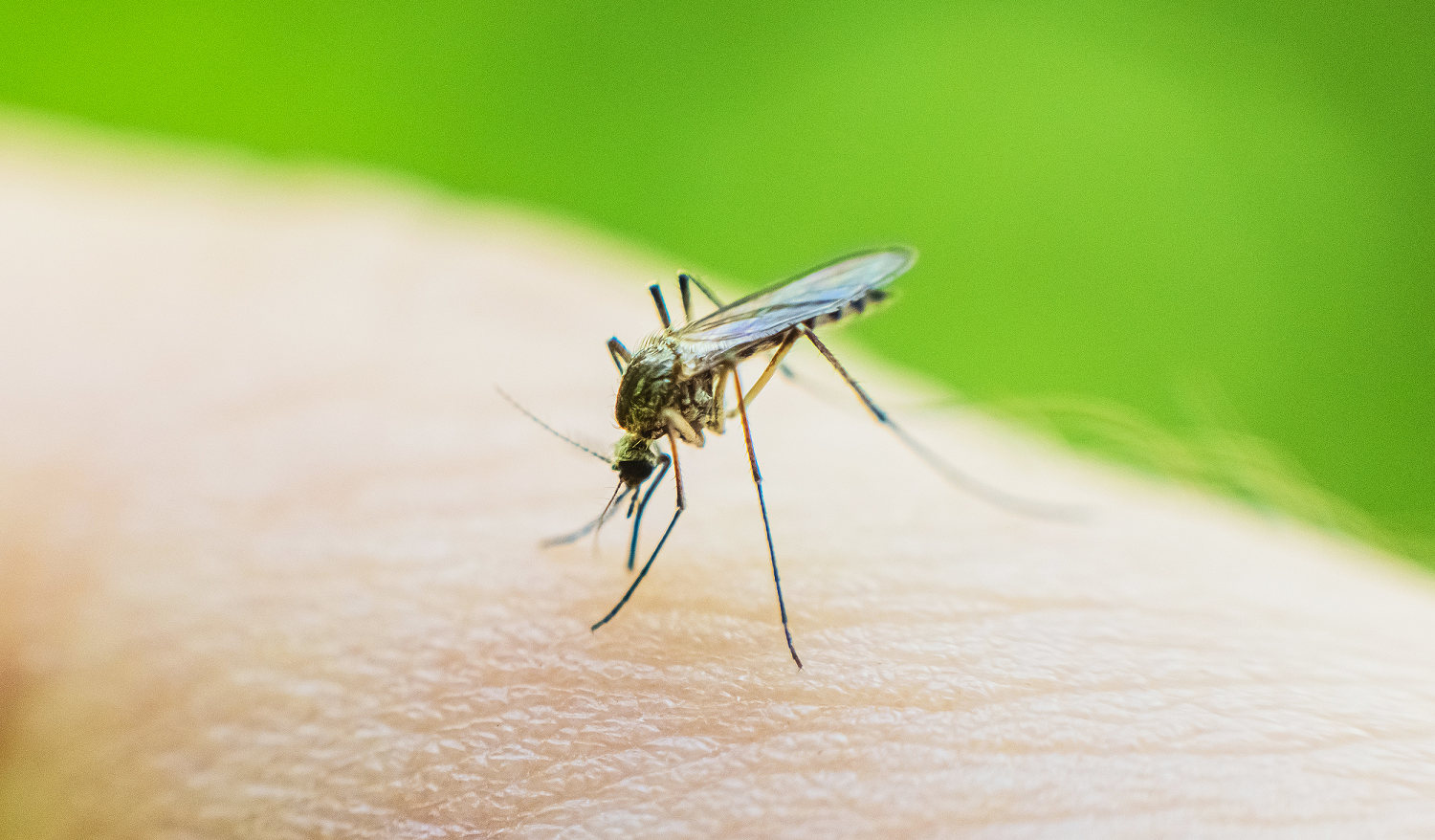Eastern equine encephalitis, a rare but potentially life-threatening viral disease spread by mosquitoes, has communities in Massachusetts on high alert after public health officials confirmed the first human case in the state in four years. Ten communities in Massachusetts are now considered critical or high risk for the virus, also known as triple E or EEE, the . Officials are spraying mosquito pesticides by plane and truck in these areas to control eastern equine encephalitis.
Several towns have announced nighttime park closures and voluntary curfews to limit exposure from dusk to dawn, when mosquitoes are most active. The patient, a man in his 80s, was exposed to the virus in the city of Worcester, the Massachusetts Department of Public Health . Eastern equine encephalitis is spread to people through the bite of an infected mosquito, according to .

Infection can cause inflammation and swelling of the brain. About 30% of those infected will die, and survivors often suffer from lasting neurological problems, per the CDC. The news of the Massachusetts case comes as another virus spread by the blood-sucking insects, West Nile, circulates in the U.
S. In early August, a woman in Dallas, Texas, died after contracting . Just this week, it was revealed that Dr.
Anthony Fauci, the former chief medical advisor to Joe Biden, was hospitalized with a case of West Nile virus. “We’re at a critical time of the year for mosquito-borne illnesses of all kinds, including triple E, which has a higher risk of leading to hospitalizations and potentially being fatal,” Dr. Kavita Patel, primary care physician and NBC News medical contributor, said on TODAY .
EEE stands for eastern equine encephalitis, a rare but serious disease caused by the eastern equine encephalitis virus, which can infect mosquitoes, humans and a range of animals. The virus is found in North America and the Caribbean, . In humans, the virus can affect the central nervous system, including the brain and spinal cord, and cause severe disease or death.
There are only a handful of human cases of eastern equine encephalitis in the U.S. every year, .
There were seven cases in 2023, one in 2021, and 13 cases in 2020. In 2019, the U.S.
saw 38 cases, the highest annual count in over a decade. Infections peak during the summer months, but cases can continue into the early fall, . About 30% of people infected with EEE will die, as infection can cause inflammation and swelling of the brain.
Survivors often suffer from lasting neurological problems, per the CDC. In nature, the eastern equine encephalitis virus is maintained through a cycle between mosquitoes (specifically, the species Culiseta melanura in freshwater swamps and wild birds which are reservoirs for the virus, . Because this species of mosquito primarily feeds on birds, they are not a main vector of the virus to humans.
Eastern equine encephalitis virus transmits to people when another mosquito species which bites humans and birds (such as the Culex mosquito, which also spreads West Nile) becomes infected and creates a "bridge" between the infected birds and uninfected people, according to the CDC. Humans are considered "dead end hosts." Eastern equine encephalitis cannot spread from human to human or from horse to human.
There have been rare human cases of eastern equine encephalitis transmitted through organ transplantation. Most people who become infected with eastern equine encephalitis develop no symptoms. If symptoms do occur, these typically begin within four to 10 days after being bitten by an infected mosquito, .
Symptoms of triple E include: These typically last for one to two weeks, and most people will recover completely if the central nervous system is not affected by the virus, according to the CDC. A severe infection with eastern equine encephalitis can cause neurological disease, which may lead to inflammation of the brain (encephalitis) or the tissues around the brain and spinal cord (meningitis). , symptoms of severe eastern equine encephalitis include: These complications can become life-threatening, and about one in three people with eastern equine encephalitis will die.
Many people who recover are left with long-term mental and physical problems, including intellectual disabilities, seizures or personality disorders, . In the U.S.
, eastern equine encephalitis cases most often occur in the Eastern or Gulf Coast states. as of Aug. 20, there have been three human cases of eastern equine encephalitis reported in the U.
S., all of which were more severe (neuroinvasive). These cases have been reported in three states: Cases are most common in areas near bodies of freshwater, including swampsand the coast, according to the Cleveland Clinic.
In Massachusetts, the communities considered to be at higher risk are located in Worcester County and Plymouth County, according to public health officials. Those being sprayed to reduce risk of EEE are: There is no cure or specific treatment for eastern equine encephalitis. Antibiotics are not effective, as the infection is caused by a virus.
Treatment is often focused on alleviating symptoms, and such as rest, fluids to prevent dehydration and over-the-counter pain relievers, . Severe cases of eastern equine encephalitis may be managed in the hospital and require additional monitoring and supportive care. There is no vaccine to protect against eastern equine encephalitis.
Protecting yourself from mosquito bites is the best way to lower your risk of eastern equine encephalitis and other diseases spread by mosquitoes. You can take the following actions to prevent mosquito bites, : Caroline Kee is a health reporter at TODAY based in New York City..


















